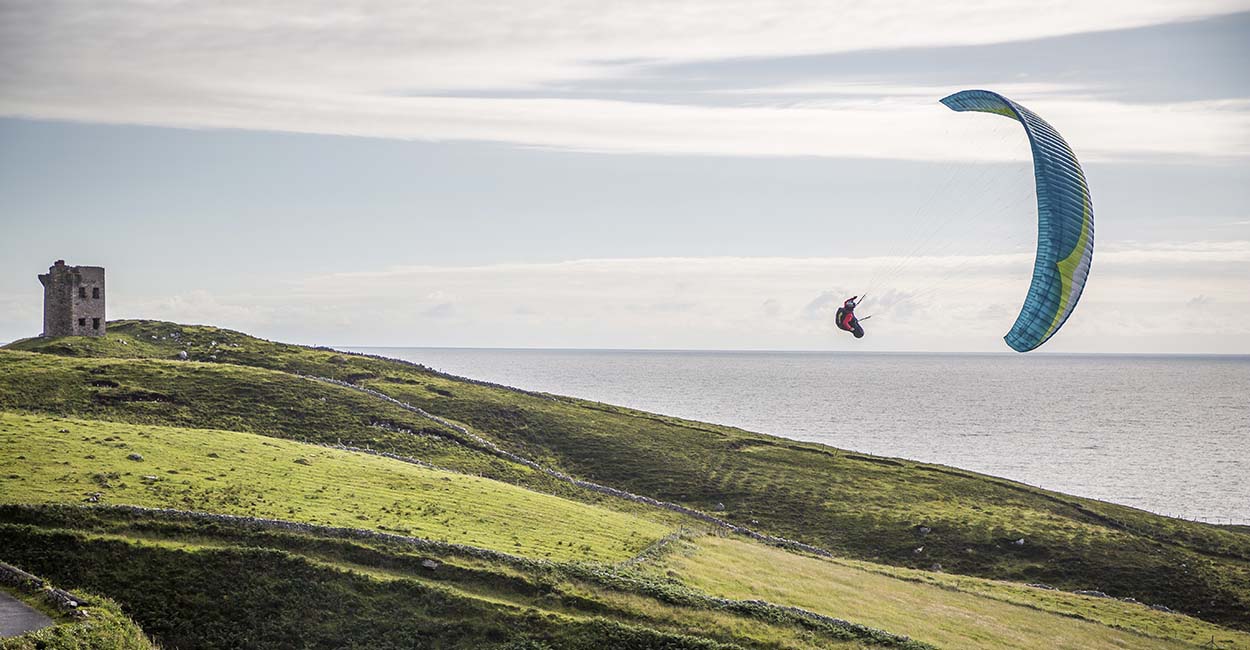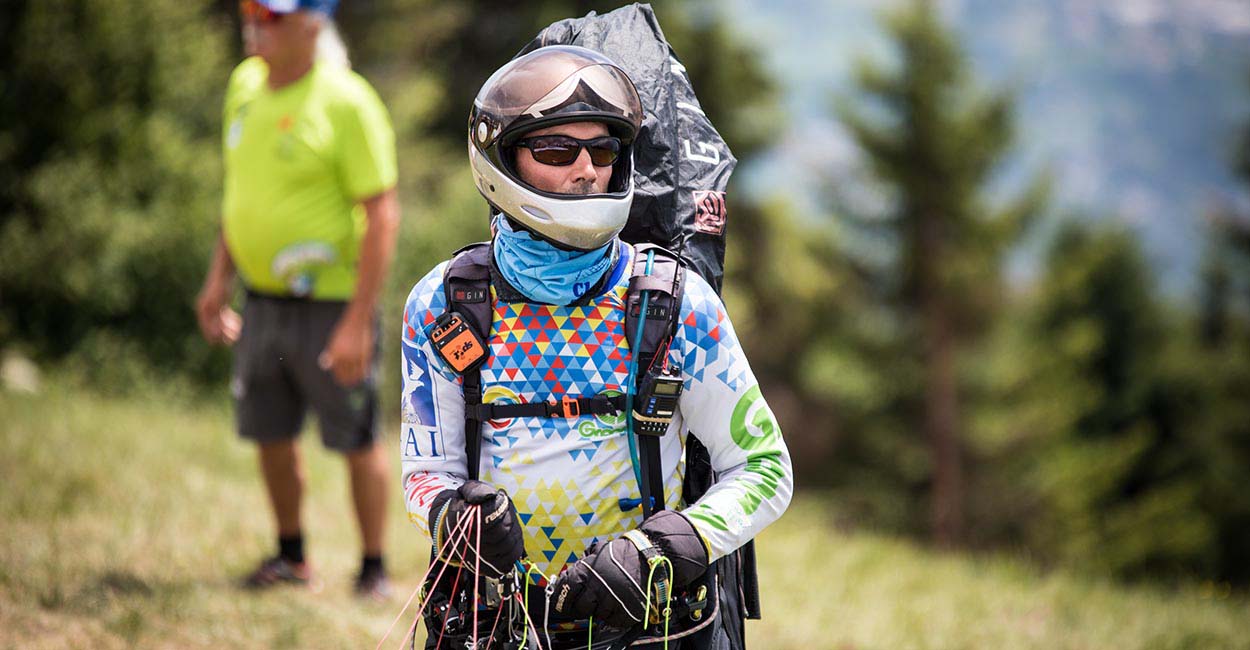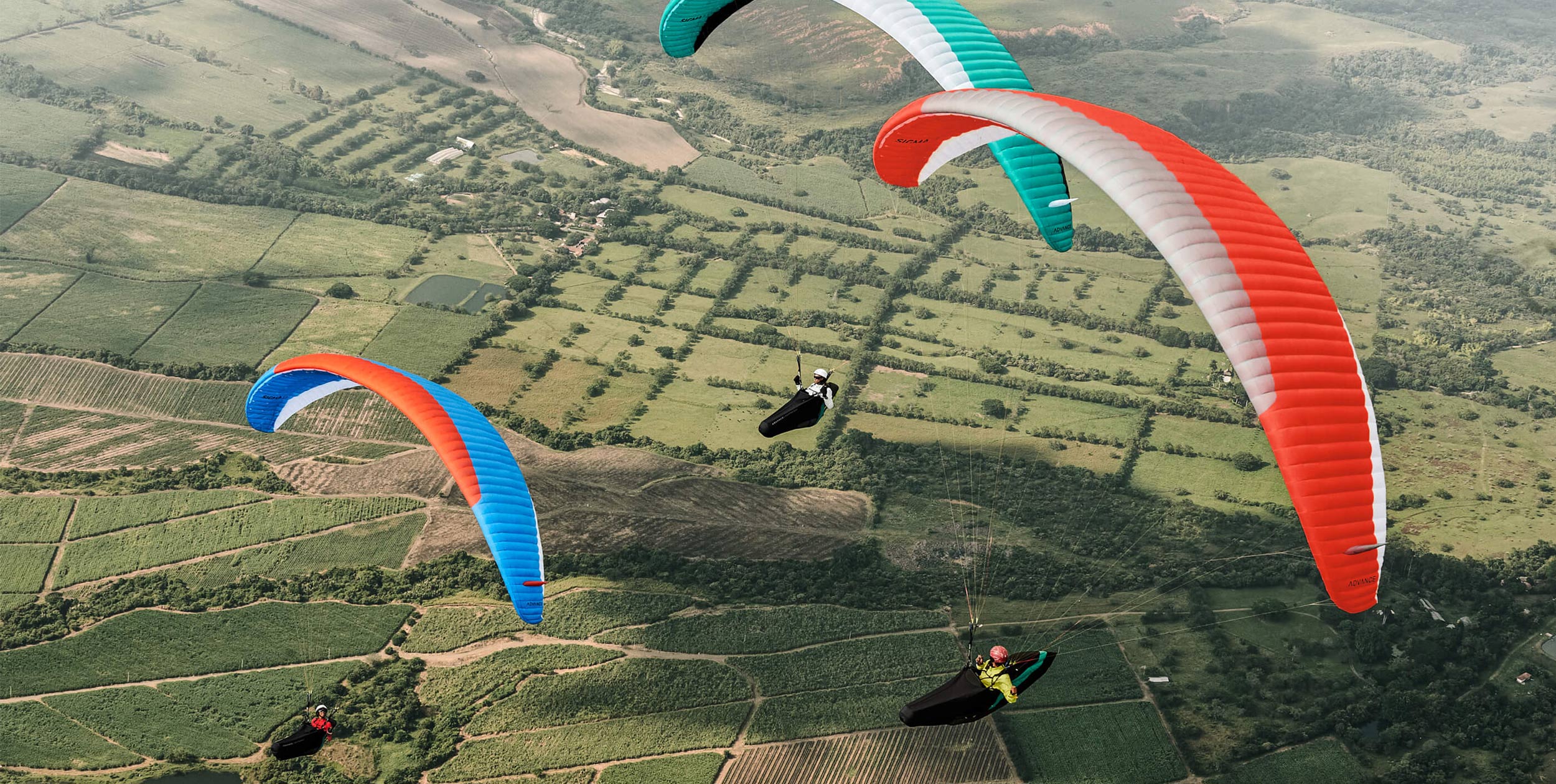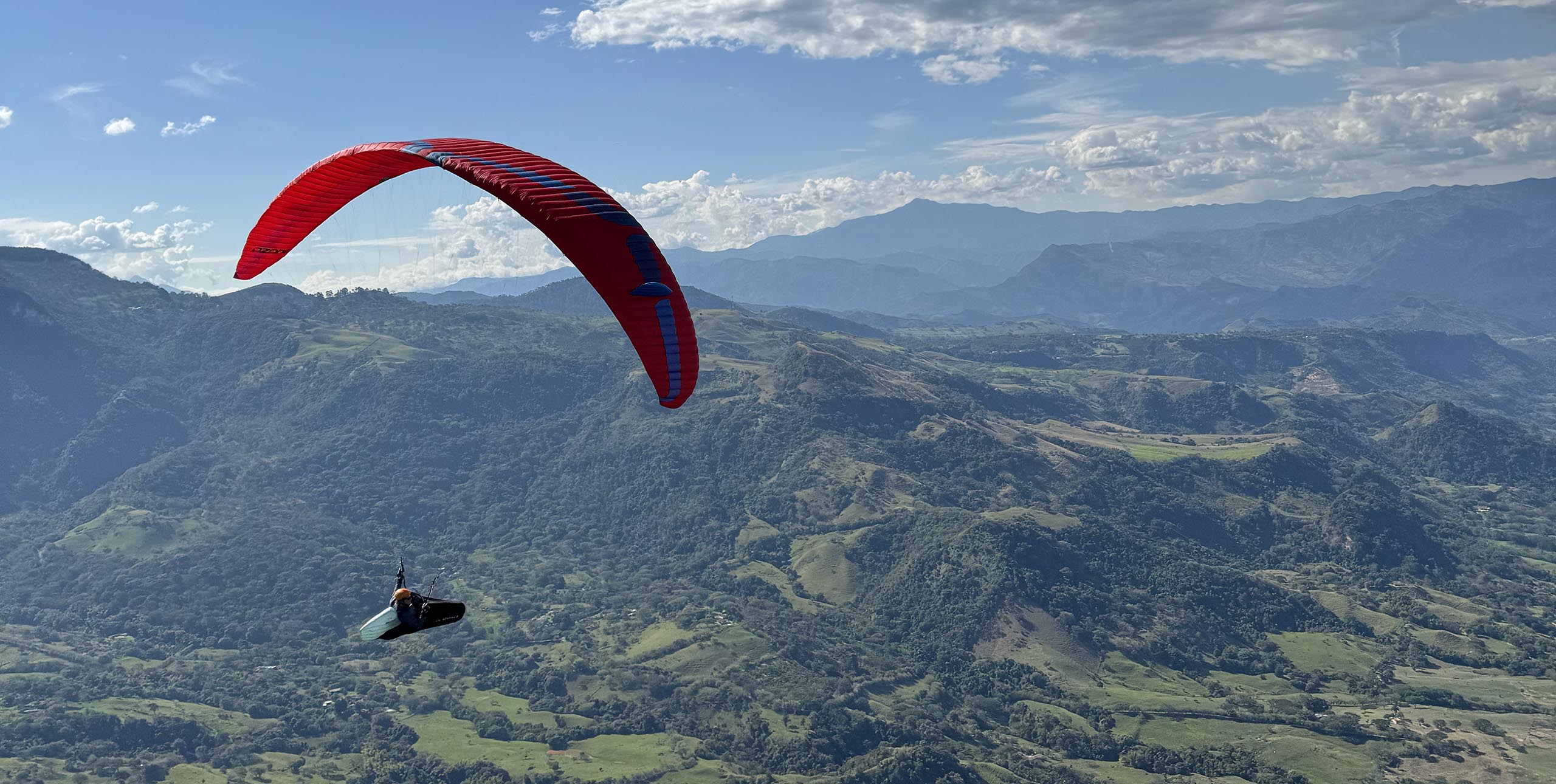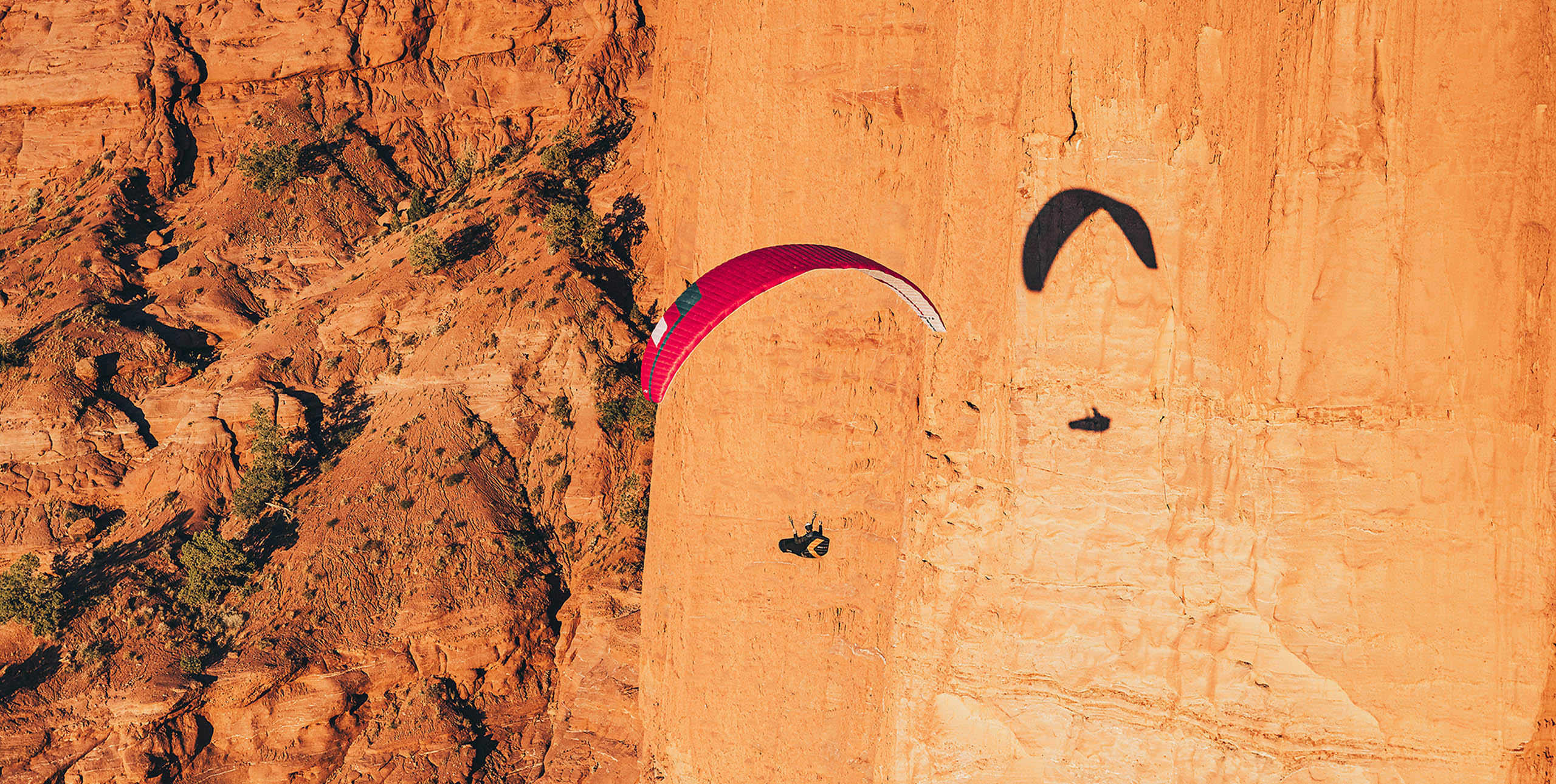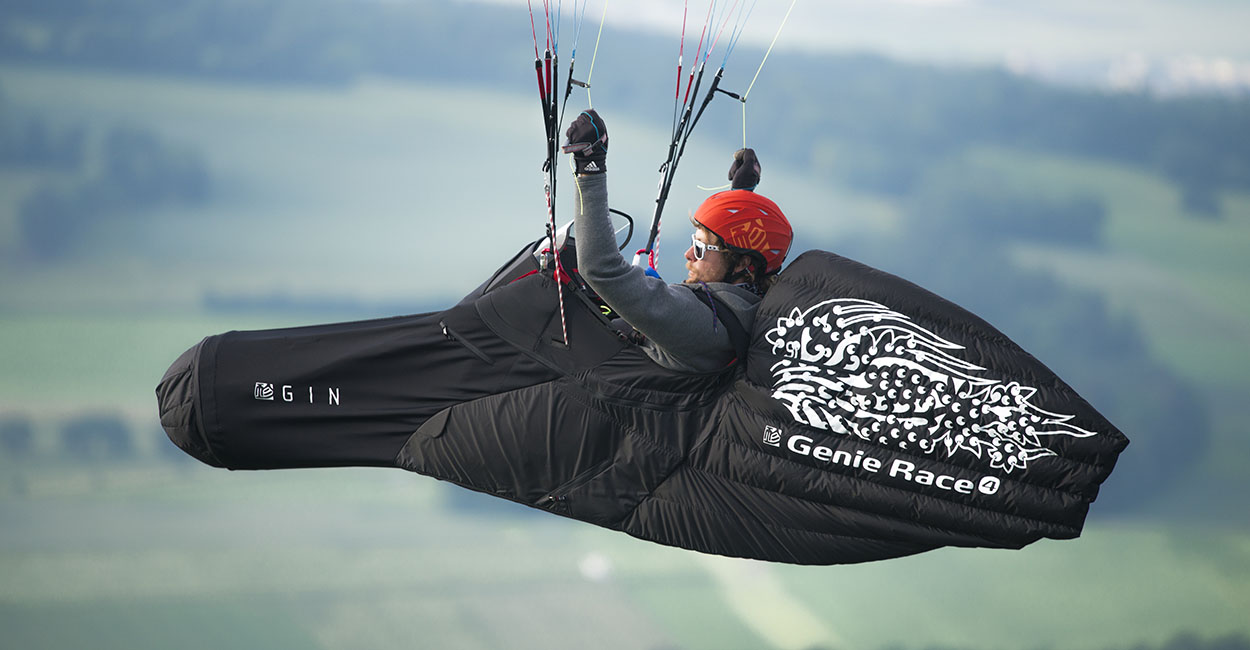
If you are an intermediate or above pilot then you will have heard about active piloting and probably already do it. At its most basic, it means staying in touch with the glider and reacting to what it is doing. More advanced active piloting means recovering from collapses. Former paragliding world champion Bruce Goldsmith explains more.
Active piloting is a method of feeling what is happening to the wing. For example, if you feel that a collapse is imminent, or the glider pitches forwards steeply, you apply the brakes to avoid the collapse or brake the dive.
Equally, if you feel the glider pitch back and slow up, you raise your hands to allow the glider to regain speed and steady flight.
Pulling on the brakes stops the wing from collapsing in two ways.
First, it slows the wing up because it reduces the performance and so increases the angle of attack.
Secondly, it pushes air out of the back of the glider towards the front, so you can momentarily actually pump up the front of the glider with displaced air.
The technique
It is important to apply the brakes quickly and at just the right amount. To monitor the pressure in the glider I fly with the weight of my arms on the brakes, just to keep a couple of kilos of pressure on them. And then I have my index finger resting on the brake line in the same way that a fisherman rests their finger on the line to feel for a bite.
By doing this you can constantly feel the pressure within the canopy through your finger. If the pressure drops at all on the brake line you can then instantly apply more brake, which will get the pressure back up again.
However, that sounds more complicated than it actually is. All you are actually doing is trying to maintain the same weight and pressure on the brake line at all times.
Managing collapses
For bigger collapses you will need to do more than just rest the weight of your arm on the line, especially if the turbulence is strong or you are flying fast.
In these cases you may need to actively jerk your arm down in order to be fast and effective enough to catch the collapse at an early stage. If you are using the speedbar you should always release it as soon as you feel that there is any chance that the glider may collapse.
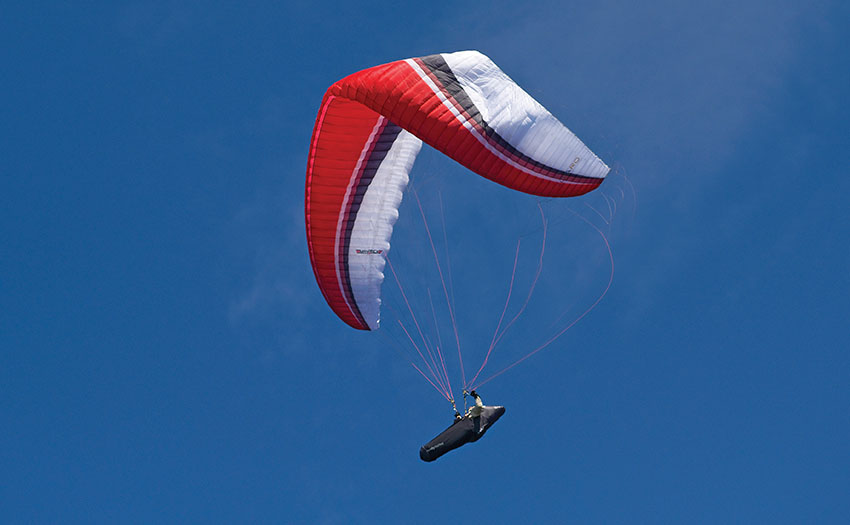
For many years the most common cause of accidents in paragliding has been the asymmetric collapse. It is not so much the collapse that is the problem but the spiral dive afterwards. (Note that following an asymmetric collapse you enter a spiral dive, not a spin.)
However, as pilots have become more aware that they should be countering the turn by applying opposite brake a new problem has arisen: stalling the remaining part of the glider by countering the turn too strongly.
Countering the turn through weightshift and applying appropriate opposite brake should always be the first priority. This stops the glider from turning off course, which could lead to you hitting the ground if you are very low, or into the path of another pilot. It also stops a collapse developing into a spiral dive and picking up speed.
Glider reactions
The way gliders react to an asymmetric collapse is one of the most important differences between beginner, intermediate and competition paragliders.
School gliders should hardly change course even when 50% of the wing has collapsed.
Intermediate gliders may turn but should come out quickly even if the pilot does nothing.
Competition gliders may turn quickly following a collapse and require pilot input to recover. The speed of the spiral dive can also be alarmingly fast.
Need to know
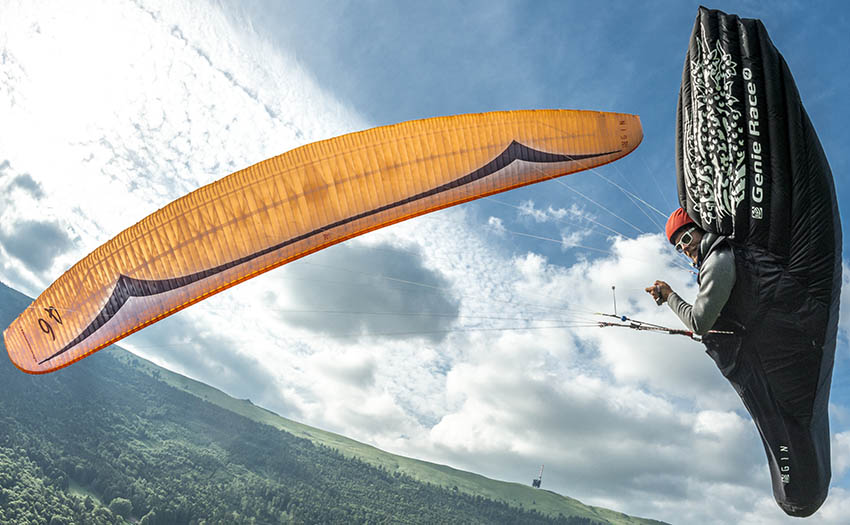
- Active piloting is feeling what the wing is doing and responding to it
- The Fisherman’s Technique helps you feel the pressure of the wing through the brake
- In case of an asymmetric collapse, weightshift away from it, counter the turn and pump out the deflation
This is an edited extract from Fifty Ways to Fly Better


